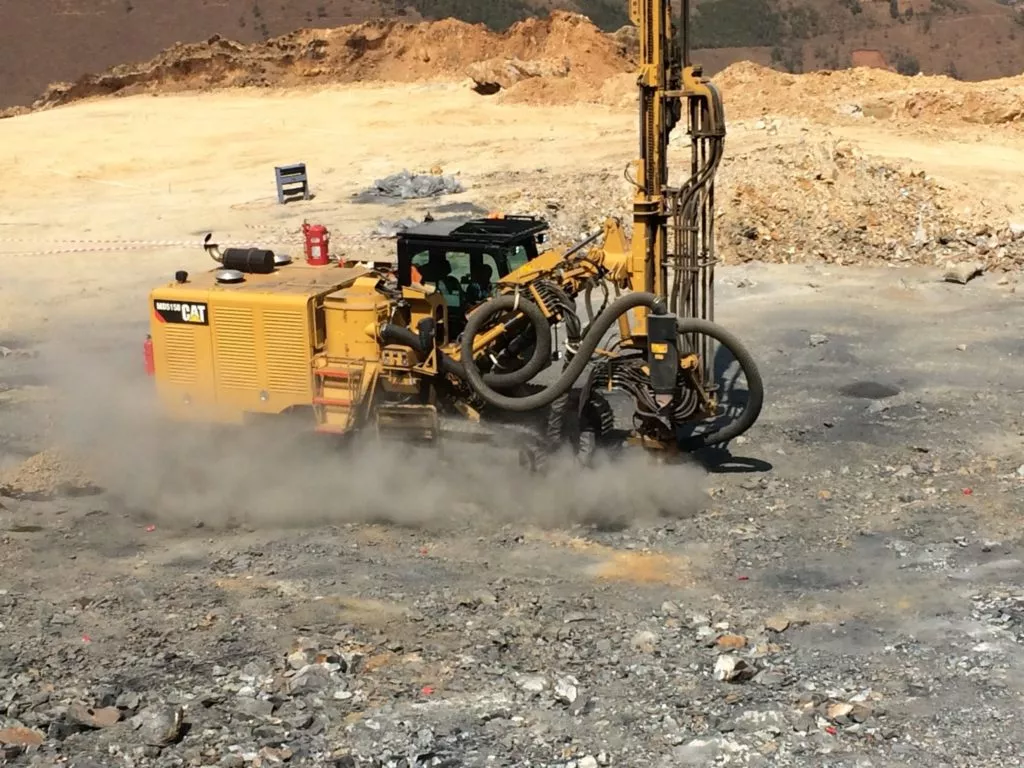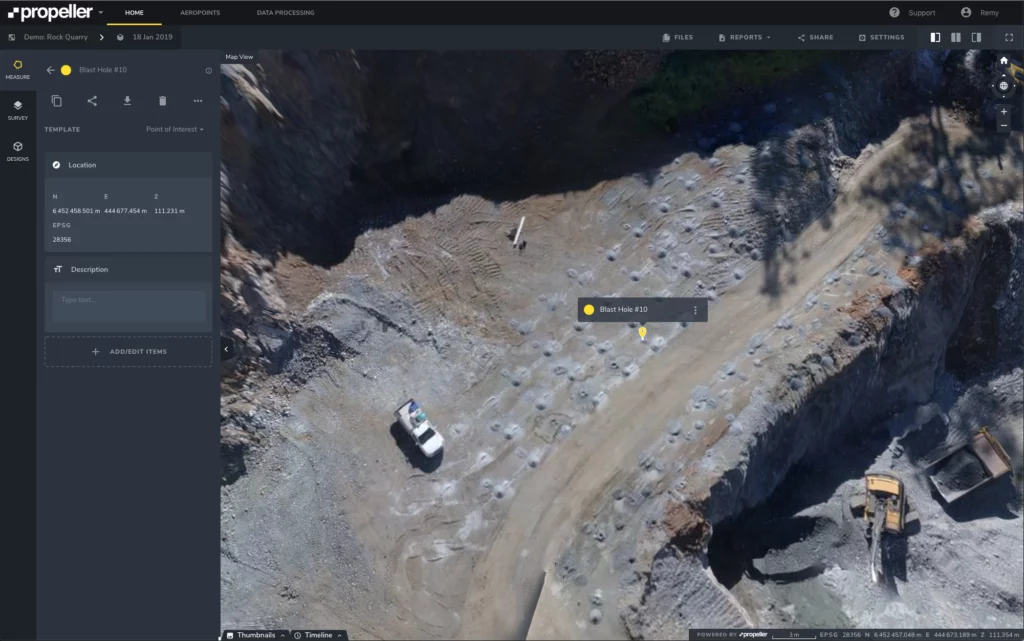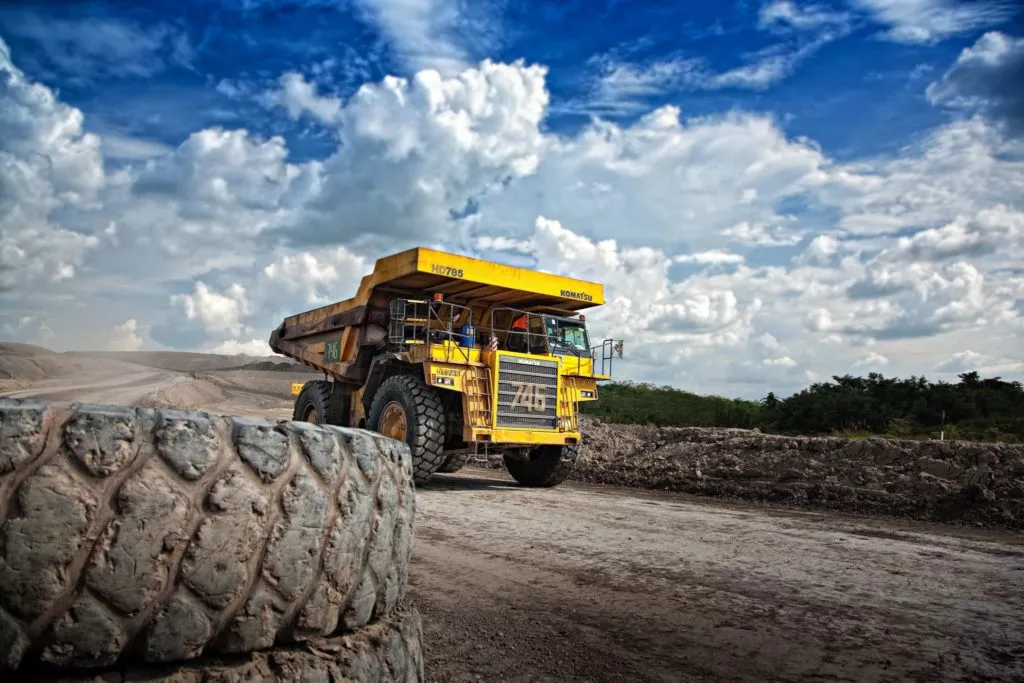Women in Mining Q&A: Orica’s Cara Rosen
What does new technology adoption, efficiency improvements, and overall industry progress have in common? You. These things are only achieved thanks to the hard work of industry leaders, technology champions, and everyday people working in construction, mining, aggregates, and waste management.
With that in mind, we want to showcase these individuals and learn how they’re changing the way their company works for the better. Today, we speak to Cara Rosen, a technical services lead with Orica, one of the world’s largest providers of commercial explosives and blasting systems.
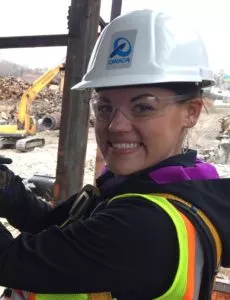
What do you do as a technical service lead at Orica? Tell us about your role.
This is the coolest job in the world! Not only do I get to work with explosives, but I also work with our technical service engineers and blasting teams to design safe and efficient blasts.
To ensure our blasts are designed and fired safely, I apply some of the best technology, like drone technology and other measurement tools, to meet our objectives and bring value to our customers.
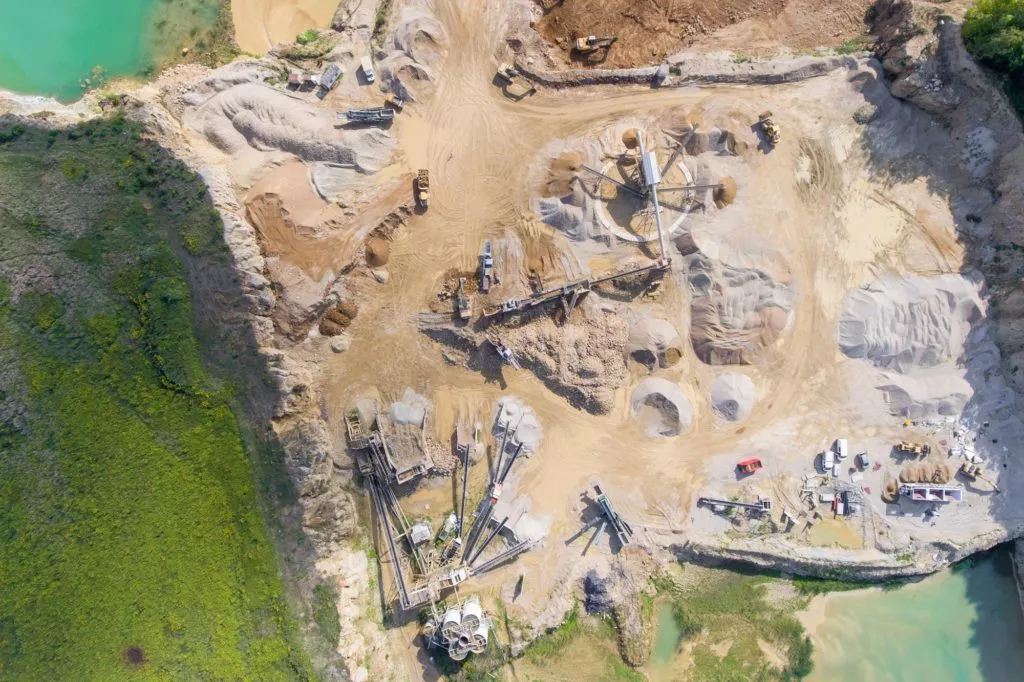
What’s your career background?
I started at Orica in 2013 where I spent the first three years at our corporate office in a rotational program for new college grads.
I got to see and experience many different parts of our business, including commercial, training, and research and development. I finished the program as a business analyst for Orica’s North American president. In 2016, I moved to the field with technical services. It’s been my passion ever since.
There aren’t many women in the industry, what inspired you to work in the mining and blasting industry?
It’s an industry filled with great people. My inspiration comes from working with my teams, and it drives my passion for seeing my work help make us successful. The blasting industry represents the best blend of “old-school” knowledge, new technology, and people. It fits my personality.
What advice would you give women entering the mining or blasting field?
I think for women, in particular, coming into this field can seem really intimidating. But we are fearless. You’ve got to go for it. Be bold. Bring passion and excitement for the job, and there will always be more good days than bad. So come out, be fearless, ask questions, and find a part of the business that you love.
Why did you look into using drones as a survey tool on your worksites?
It’s the direction the technology’s moving in both the mining and blasting industries. It’s moving at such a fast pace that this traditional industry needs to catch up. Orica took the leap with drones, and it’s allowed us to really see what this technology can do for blasting and surveying.
Propeller has been a great partner for us. They’ve been able to customize features in the Platform to fit our needs, which is hugely beneficial. For example, we provide monthly updates to a customer by doing flyovers for development work. We started with Propeller early in the development and planning process and can now visualize and measure dramatic monthly progress.
Tools like this let us think about where we want to go next on the quarry. Visuals and up-to-date data help keep everyone on the same page. Managing expectations and communications let us form better partnerships with our customers.

What was the learning process like starting with this new technology?
Training our blasters and engineers on Propeller was quick, as it’s intuitive and easy to use. It helps that we are already comfortable using technology and computers for our work.
When introducing the Platform to customers, the learning process is a bit different and interesting.
When I first show customers Propeller they usually comment, “oh, great, more software I have to download.” Explaining all they need is an internet connection is an essential first step in their acceptance. Moving a 3D model around also is excellent—I still take a lot of satisfaction in the looks on people’s faces the first time they see their site in 3D.
By showing a customer select features, over several weeks, we can teach them how they can use the Platform to their advantage. Today, we’re seeing those customers use Propeller on their own and in their meetings to view quarry development and volumes.
How do you use the Propeller Platform in your day-to-day work?
First, I’ll look at what progress we’re making every month, whether it’s looking at where crestlines are falling for blasting progress or just looking at volumes.
Second, I like seeing where we’re going next and how we can be proactive as a company. What is the imaging telling us? What is the model showing us? Does it match up with what the customer said? It’s all so we can make more intelligent decisions on where we go next and so we do our jobs efficiently and safely.
Also, as a personal thing, I go into the Platform to see the seasonal changes every month.
What is the most memorable project you have worked on in the course of your career?
The most memorable project was a building demolition job, which is really different from any type of blasting in a quarry. Demolition guys play by a completely different set of rules. I was there because their team needed our product and wanted to have a specialist engineer on site to help.
Watching a smokestack and ten-story building collapse exactly where designed is one of the most thrilling experiences I’ve had!
What do you wish you’d known before using drones for surveying or the Propeller Platform to measure and manage your blasting?
I wished I’d known that the technology isn’t as scary as it seems. Yes, there are many moving parts and factors to take into consideration for an accurate survey, but if I’d known how intuitive and seamless the whole thing was beforehand, I wouldn’t have been as apprehensive when I first started.
How do you see the mining and blasting industries changing in the next five to 10 years?
I see a lot more autonomous technology being implemented—maybe not so much from the blasting side, but absolutely from the mining side. The haul trucks, the heavy equipment can be operated by someone sitting in a control center with the help of lidar, GPS/GNSS, and similar technologies.
In blasting, I see technology pushing us to create safer explosives, like our WebGen wireless blasting system, and driving our blast design data to digital platforms, like our BlastIQ platform. Integrating these trackable insights with better and safer explosives will drive continual improvements in blasting.
Working in the mining and blasting industries isn’t without risk, so I see all of this keeping everyone safer.
Read more:
Six Smart Ways Mining and Aggregates Businesses are Using Drones
What’s the Difference Between Self-Processed Surveys and Propeller’s Workflow?
How Boral Sites Measure and Manage Their Stockpiles, Ending Inventory Write-downs In Under Six Months





